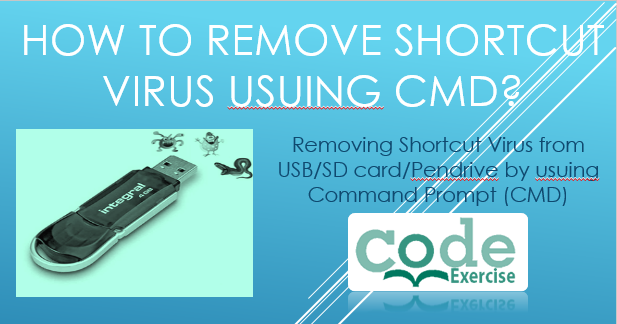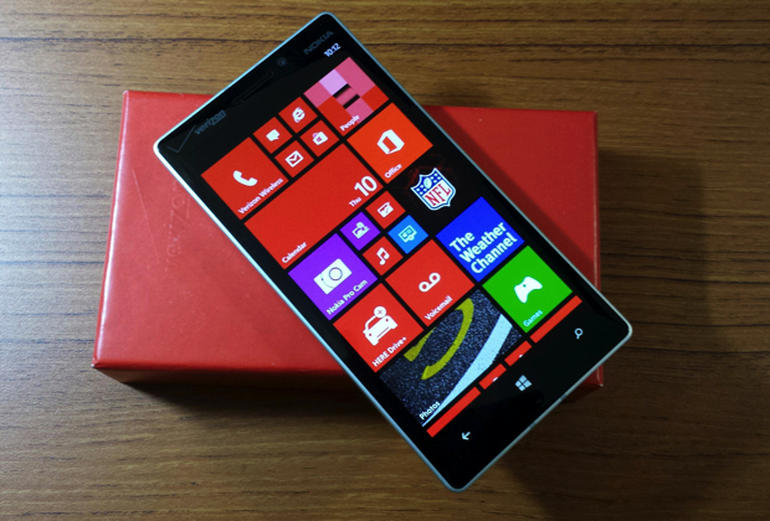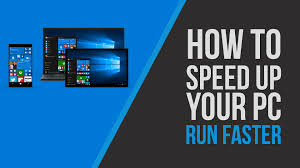Unknown 5 computer security tips, removing the mouse and keyboard, protecting against consumption of pods, laptop tips, hiding your computer in the network,
These smart, simple ways to protect yourself in the physical and cybernetic mobile industry are admittedly inexpensive or free, but they tend to avoid various victims of technology.

The idea behind such a method is not that one (or maybe all) of them will definitely protect you completely, but that they all make it harder or harder to steal your body or your skin. data. Needless to say, two or more of these can replace the latest virus and firewall protection.
The classic non-technical security trick is to place a projector or motion recognition light on the timer, even a fake camera or surveillance warning sign, to make your home or office look busy. . The crooks really don’t want to show up and some want a conflict of coincidence. Likewise, you will find simple, easy, and free ways to make your computer and knowledge less accessible or less attractive to thieves.
1. Prevent the consumption of pods
The slurping pod can connect unauthorized USB devices and steal data. You can also disable the USB port to protect yourself now. Or I found out that one of the US forces was sticking it into a USB port. Is it too permanent? A fairly sophisticated option is to expand the laptop situation and disconnect (or disconnect) the wires that connect the system board to the USB port.
2. Remove the mouse and keyboard
It might sound a little silly, but a very effective computer security trick is to simply get rid of the mouse and keyboard (of course, when you’re out of the car).
I ran into this when my little laptop keyboard died and had to use an external keyboard for a while. The curious are unlikely to take an extra mouse and keyboard with them. It can slow someone down, but it’s not absolutely certain. Additionally, it goes without saying that all computers should be physically locked to robust objects and protected with strong passwords.
3. Hide your computer on the network
This is a good way to cover Windows Home PCs on your network while maintaining the use of network resources. (This works if you want to hide it, but want others to have access to your shared resources.)
To do this, go to the Command Prompt (in Windows 7 and 8 Home, click the Start button, type cmd, and then right-click Command Prompt and Run as administrator. Choose). At the command prompt, type:
Internet config server /hidden:yes
You’re still part of your Network Neighborhood, but your PC doesn’t appear when others are looking for it. Make sure the software firewall is enabled and is blocking inbound ICMP traffic. This will prevent network thieves from using ping sweep to control your PC.
If you want to remove this metric, use the same command, but you must disable it by typing no instead of yes at the end of the command.
4. Advice on laptops
Are you going to your laptop? Don’t tell the truth that you have a valuable device. Use a computer bag that doesn’t look like a laptop bag, or use a neoprene cover for a regular backpack. If you’re taking a nap at the airport terminal, wrap your shoulder strap around the agency so you can be alerted if someone tries to get your bag out.
5. Activate secure connection
Enabling Secure Login in Windows Home protects you from adware and spyware that attempt to steal your system password by spoofing your login screen. This forces anyone trying to log in to press Ctrl Alt Del first.
To do this, in Home Windows 8, click the Start button, type netplwiz, and press Enter. On the Advanced tab, select this box next to Prompt customers to press Ctrl Alt Remove and click OK.
In Windows Vista Home, open the Run command, type netplwiz and click Continue when you are motivated by User Account Control. In the Advanced User Accounts window, click the Advanced tab and select the box that prompts customers to press Ctrl Alt Remove.
In Windows XP, Windows 7 accesses the User Accounts applet in Control Panel. In the Advanced User Accounts window, click the Advanced tab and select the box that prompts customers to press Ctrl Alt Remove.





1 thought on “Unknown 5 Computer Security Tips for You!”
Comments are closed.